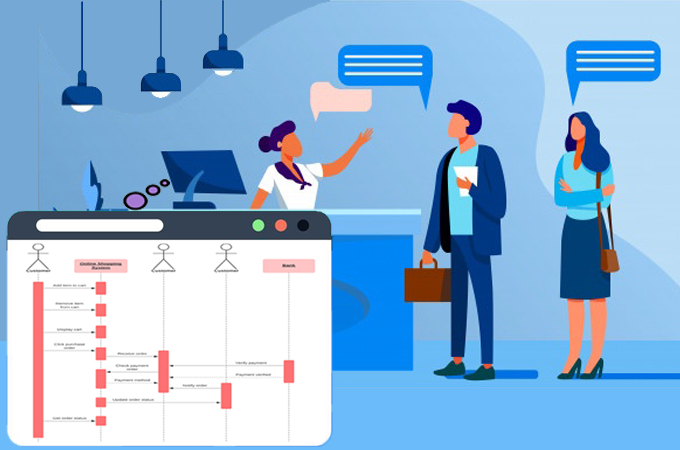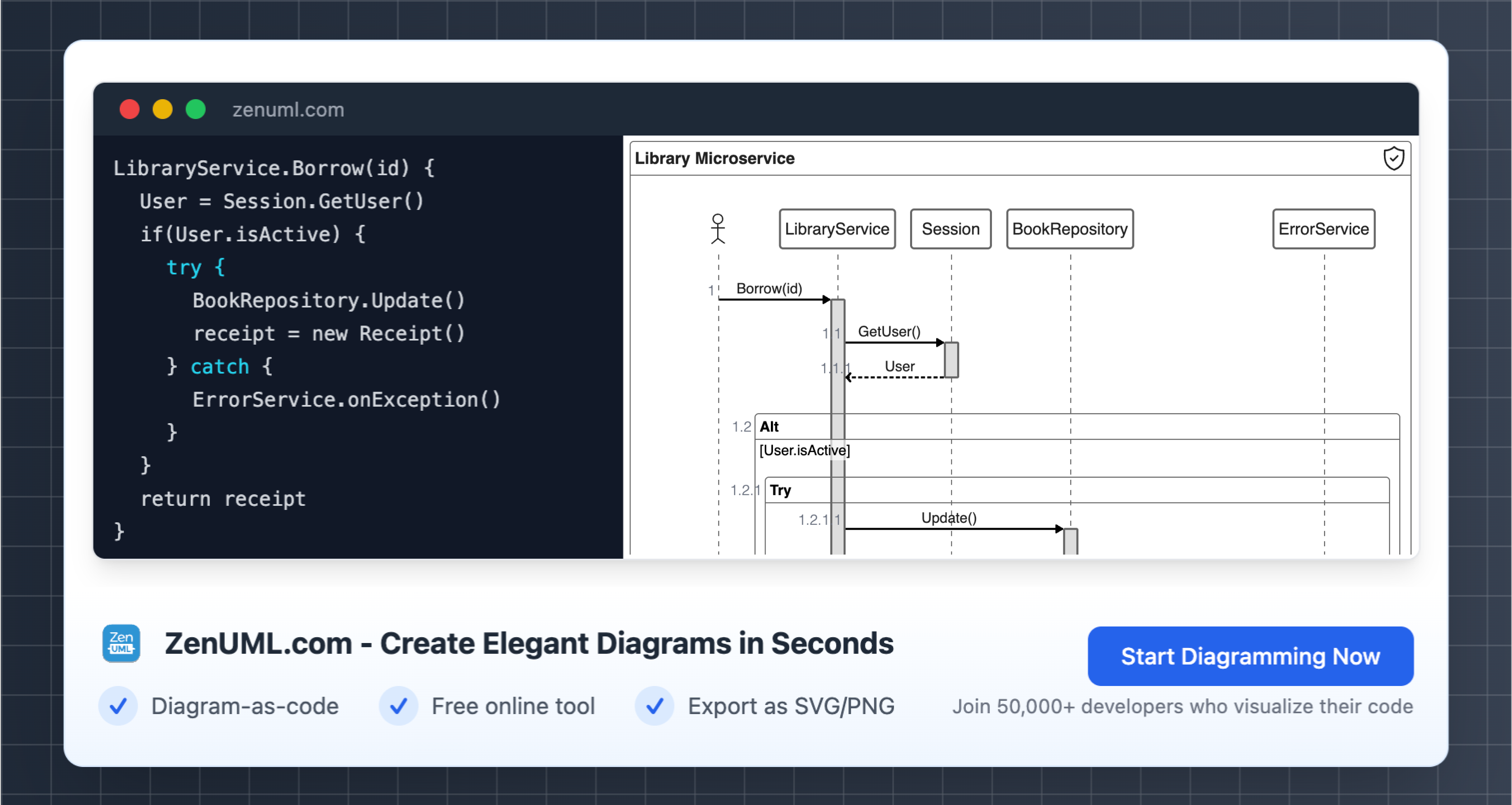
Introduction
In today's fast-paced and competitive business landscape, having a solid strategy is crucial for success. A well-defined strategy helps businesses align their goals, make informed decisions, and stay ahead of the competition. One powerful tool that can greatly aid in developing and implementing an effective business strategy is the sequence diagram. In this article, we will explore the concept of sequence diagrams and how they can be utilized to enhance business strategy.
What is a Sequence Diagram?
A sequence diagram is a visual representation of the interactions between different components or actors in a system. It illustrates the flow of messages or actions between these components, showcasing the order in which they occur. Sequence diagrams are commonly used in software development to model the behavior of systems, but their usefulness extends beyond the realm of programming. They can be applied to various business scenarios to analyze processes, identify bottlenecks, and optimize workflows.
The Benefits of Sequence Diagrams in Business Strategy

Sequence diagrams offer several key benefits for enhancing business strategy:
-
Visualizing Complex Processes
- One of the key advantages of using sequence diagrams in business strategy is their ability to visualize complex processes.
- Business operations often involve multiple stakeholders, systems, and interactions.
- By creating a sequence diagram, businesses can gain a clear and concise overview of how these components interact with each other.
- This visual representation helps stakeholders understand the flow of activities, identify potential issues, and devise strategies to streamline processes.
-
Identifying Dependencies and Bottlenecks
- Sequence diagrams allow businesses to identify dependencies and bottlenecks within their processes.
- By mapping out the sequence of actions and interactions, businesses can pinpoint areas where delays or inefficiencies occur.
- This information is invaluable for optimizing workflows and improving overall operational efficiency.
- By addressing bottlenecks, businesses can reduce costs, enhance customer satisfaction, and gain a competitive edge.
-
Facilitating Communication and Collaboration
- Sequence diagrams serve as a common language for communication and collaboration among stakeholders.
- They provide a visual representation that can be easily understood by both technical and non-technical team members.
- This facilitates effective communication, ensuring that everyone is on the same page regarding the business strategy.
- Additionally, sequence diagrams can be used as a reference point during discussions, enabling stakeholders to align their efforts and work towards a common goal.
-
Supporting Decision-Making
- In business strategy, making informed decisions is crucial.
- Sequence diagrams provide valuable insights that can aid in the decision-making process.
- By analyzing the interactions and dependencies depicted in the diagram, businesses can identify potential risks, evaluate different scenarios, and make data-driven decisions.
- This helps mitigate uncertainties and increases the likelihood of successful strategy execution.
-
Enhancing Agility and Adaptability
- In today's rapidly changing business environment, agility and adaptability are essential.
- Sequence diagrams enable businesses to quickly understand and adapt to changes in their processes.
- By visualizing the current state of affairs, businesses can identify areas that need improvement or modification.
- This allows them to respond promptly to market dynamics, customer demands, and emerging trends.
- By leveraging sequence diagrams, businesses can stay agile and maintain a competitive edge in the market.
FAQ
Q1: Can sequence diagrams be used in non-technical industries?
Yes, absolutely! While sequence diagrams are commonly used in software development, their application is not limited to technical industries. Sequence diagrams can be utilized in any business scenario that involves interactions between different components or actors. They provide a visual representation that aids in understanding, optimizing, and communicating complex processes.
Q2: How can sequence diagrams help in identifying process bottlenecks?
Sequence diagrams help identify process bottlenecks by showcasing the order and flow of actions between components. By analyzing the diagram, businesses can identify areas where delays or inefficiencies occur. These bottlenecks can then be addressed and optimized to improve overall operational efficiency.
Q3: Are sequence diagrams useful for small businesses?
Yes, sequence diagrams can be beneficial for small businesses as well. Regardless of the size of the organization, understanding and optimizing processes is essential for success. Sequence diagrams provide a visual representation that helps small businesses identify dependencies, bottlenecks, and areas for improvement. By leveraging sequence diagrams, small businesses can enhance their operational efficiency and competitiveness.
Q4: Can sequence diagrams be used for strategic planning?
Yes, sequence diagrams can be used for strategic planning. By mapping out the interactions and dependencies between different components, businesses can gain insights into their current processes and identify areas for improvement. This information can then be used to develop and implement a strategic plan that aligns with the organization's goals and objectives.
Q5: Are there any software tools available for creating sequence diagrams?
Yes, there are several software tools available for creating sequence diagrams. Some popular options include Lucidchart, Visual Paradigm, and draw.io. These tools provide a user-friendly interface that allows businesses to easily create, edit, and share sequence diagrams throughout their organization.
Conclusion
In conclusion, sequence diagrams are a powerful tool that can greatly enhance business strategy. By visualizing complex processes, identifying dependencies and bottlenecks, facilitating communication and collaboration, supporting decision-making, and enhancing agility and adaptability, sequence diagrams provide businesses with valuable insights and a clear roadmap for success. Whether in software development or non-technical industries, small businesses or large corporations, sequence diagrams have the potential to revolutionize the way organizations approach their strategic planning and execution. So, embrace the power of sequence diagrams and unlock the full potential of your business strategy!
Try ZenUML now!
Find our more on The Ultimate Guide to Business Process Modeling
Zenuml detailed feature roadmap available here.

